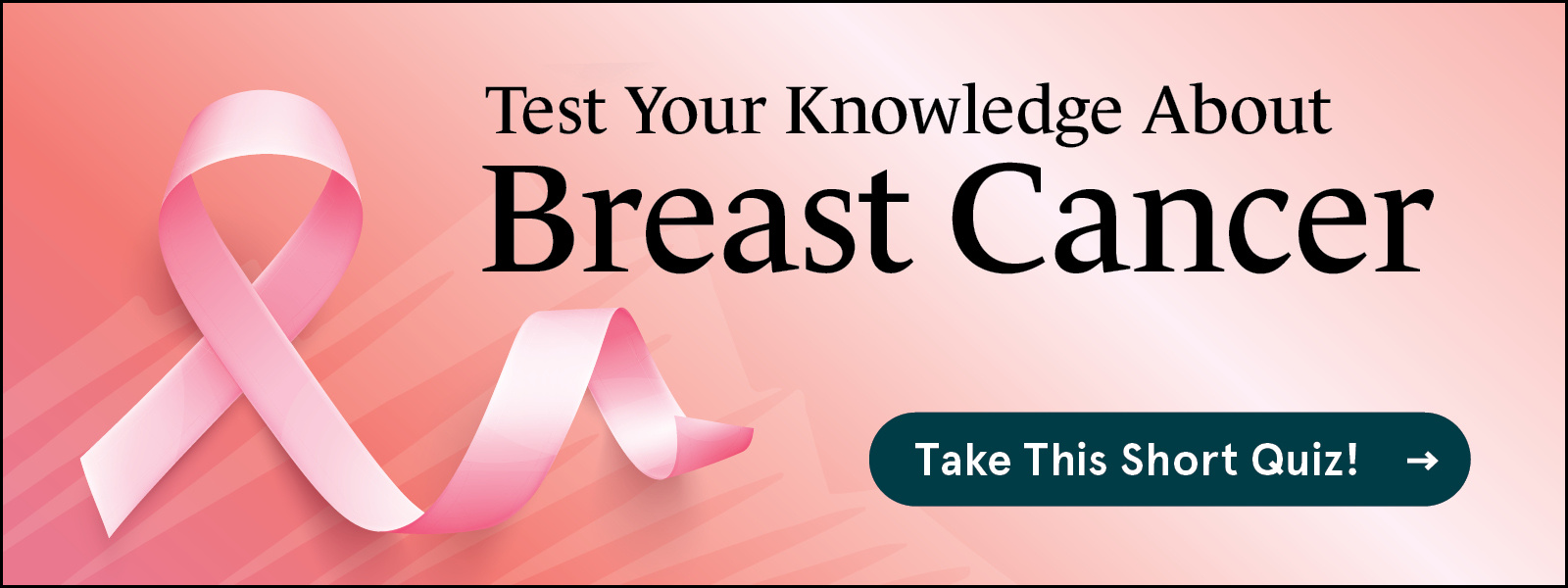Understanding Your Breast Cancer Pathology Report
7 min read

If you find out you have breast cancer, there are many things you'll need to do next. One big choice is deciding where to get your treatment. What you might not know is that a whole team of breast cancer experts will work together to look at your situation. They'll make a plan just for you, figuring out the best treatments and when to do them to help you get better.
What is a Pathology Report?
After you have a test, such as a biopsy or surgery to remove all or part of a tumor, the cells and tissues collected are sent to a pathologist, a doctor who examines the samples under a microscope. The pathologist then details their findings in a document called a pathology report. When an area is biopsied in the breast, the resulting report helps your oncologist form an accurate diagnosis and develop the best treatment plan for your type of breast cancer and stage of cancer.
Types of Beast Pathology Reports
There are two main types of pathology reports:
- Breast Biopsy: A breast biopsy is usually the first test you will undergo if your doctor suspects you might have breast cancer. During a biopsy, a surgeon takes a sample of fluid or tissue from your breast, which will then be sent to a pathologist for analysis. The pathology report will tell whether cancer cells are present in the sample and, if so, the type of cancer.
- Excision (surgical removal): If the biopsy reveals a finding of cancer, the next step is usually surgery to remove the cancer, which will be sent to a pathologist. The excision pathology report will contain a synoptic summary, which details the characteristics of the cancer. This report helps your doctor develop a personalized treatment plan.
If there is no biopsy before surgery, then the tumor that's removed during surgery will be biopsied, as well as nearby lymph nodes.
Breast Biopsy
What's Included in a Breast Pathology Report?
Biopsy and excision pathology reports are similar. The most significant difference is that an excision pathology report will include important information on the stage of your cancer, ranging from Stage 1 to 4.
Find a breast cancer specialist near you.
While the wording of pathology reports varies based on the lab and the individual pathologist, most reports contain similar sections:
- Personal information
- Doctor/lab information
- Specimen: This section describes the tissue sample or specimen, including details like the date it was removed, the type of procedure that was performed, and where the tissue was taken from, such as the breast or the lymph nodes.
- Clinical history: This summarizes how the cancer was found and may include additional details on your medical history.
- Gross description: In this section, the pathologist explains what could be seen before using the microscope, such as the size and weight of the specimen and whether any masses or lesions were present, as well as their size, color, and consistency.
- Final diagnosis: This section, which usually appears at the beginning of the report, states whether cancer cells have been found and gives important information about the cancer, such as the type and grade, location, and whether lymph nodes are involved.
- Hormone receptor assay: Breast cancer can be fueled by estrogen or progesterone. Your pathology report will include the test results that tell you whether or not the breast cancer cells have receptors for the hormones. This guides the types of treatments that are needed.
- Synoptic summary: This section appears only in excision pathology reports and provides technical characteristics of the cancer.
- Comments: The pathologist adds any additional information for your treatment team here, such as the specific methods used to test the sample.
Download our free guide for newly diagnosed breast cancer patients.
The Type of Breast Cancer is Identified
If cancer is present, the final diagnosis section of the report provides details that will help your doctors determine the best course of treatment. Types of breast cancer include:
- Ductal carcinoma in situ (DCIS): is a non-invasive cancer contained to the milk ducts or lobules. While not life-threatening on its own, it can put you at higher risk of future invasive cancers.
- Invasive ductal carcinoma (IDC): About 80% of breast cancers fall into this category. An invasive cancer (sometimes also called infiltrating cancer), IDC is a cancer that begins in the milk ducts and has grown into outside tissues. IDC is grouped into subtypes based on the shape and other characteristics of the cells. Subtypes include tubular, mucinous, papillary, and cribriform.
- Invasive lobular carcinoma (ILC): The second most common type of breast cancer, ILC cells begin in the lobules, which are the glands that produce milk. This type of cancer is divided into subtypes based on the pattern of the cells.
- Inflammatory breast cancer: About 1% to 5% of breast cancers are inflammatory, making it a rare form of cancer. Cancer cells block lymph vessels in the skin, causing the breast to swell and redden.
The pathology report will also give the cancer grade, based on how much the cells look like normal cells and how likely they are to spread to other parts of the body. A low grade (1) means the cells are slow-growing, while a high grade (3) indicates the cells will likely spread quickly. A grade of 2 means the cells are moderately fast-growing.
Also in the Pathology Report: Breast Cancer Hormone and HER2 Status and Lymph Node Involvement
Along with the type and grade of cancer, the final diagnosis section of the report will give additional details. These include:
- Hormone receptor status: Cancer cells can have certain proteins that are receptors for the hormones estrogen and progesterone. When these hormones are present, cancer can grow faster. Determining whether the cancer is hormone-receptor positive or negative helps your doctor develop the right treatment plan.
- HER2 status: When breast cancer cells have a higher than average amount of a protein called HER2, the cancer is called HER2-positive. HER2 promotes growth in cancer cells.
If there are no hormone receptors or HER2 receptors present, the breast cancer is considered triple-negative breast cancer. Learn more about what this means.
- Lymph node status: During breast cancer surgery, the surgeon usually removes one or two lymph nodes. If the report says positive, this means there are cancer cells in the lymph nodes, which makes it more likely that the cancer has spread. Negative or benign means no cancer was found in the lymph nodes.
Download our free guide for newly diagnosed breast cancer patients.
If you have any questions about the information on your pathology report, don’t hesitate to ask your provider. It’s important to voice any questions or concerns you have so that you can rest assured your healthcare provider addresses your concerns.
The experts at Rocky Mountain Breast Specialists can help you understand your pathology report. Watch our video to learn more.
Updated December 2023


